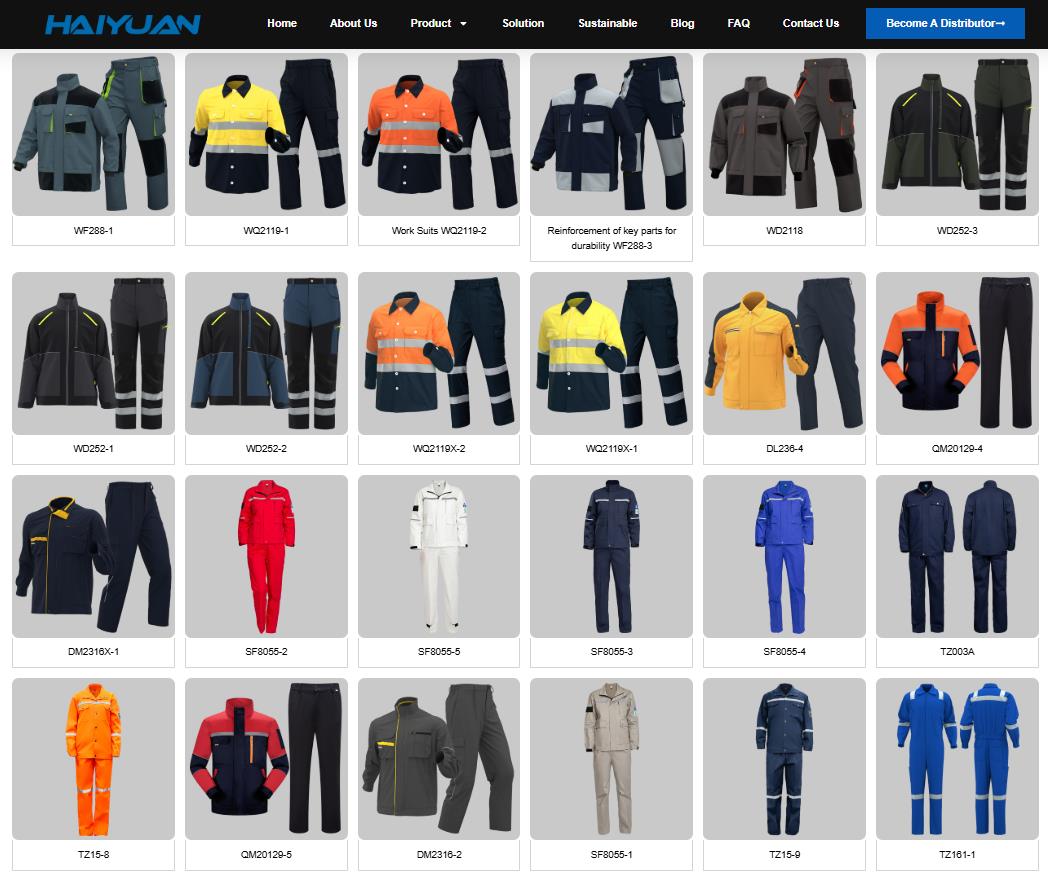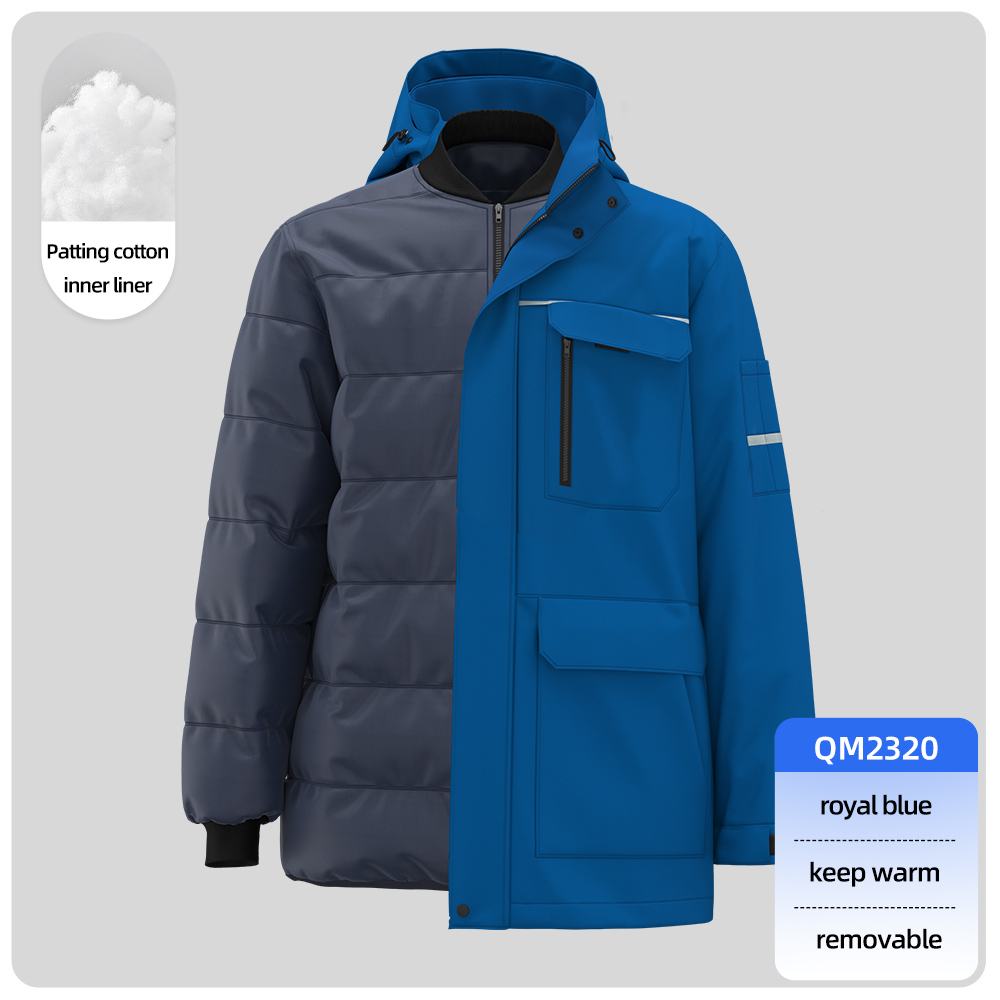There is no single uniform for maintenance workers because what they wear depends heavily on their specific job, industry, and the tasks they are performing that day. However, there are common elements that make up the typical “uniform” for safety and practicality.
Here’s a breakdown of what maintenance workers wear, from the essential basics to specialized gear.
1. The Core Basics (The Foundation)
Almost every maintenance worker will have these items in their wardrobe:
-
Durable Pants: Cargo pants or work pants made from thick cotton or synthetic blends like ripstop fabric are standard. They resist tears, stains, and often have multiple pockets for tools.
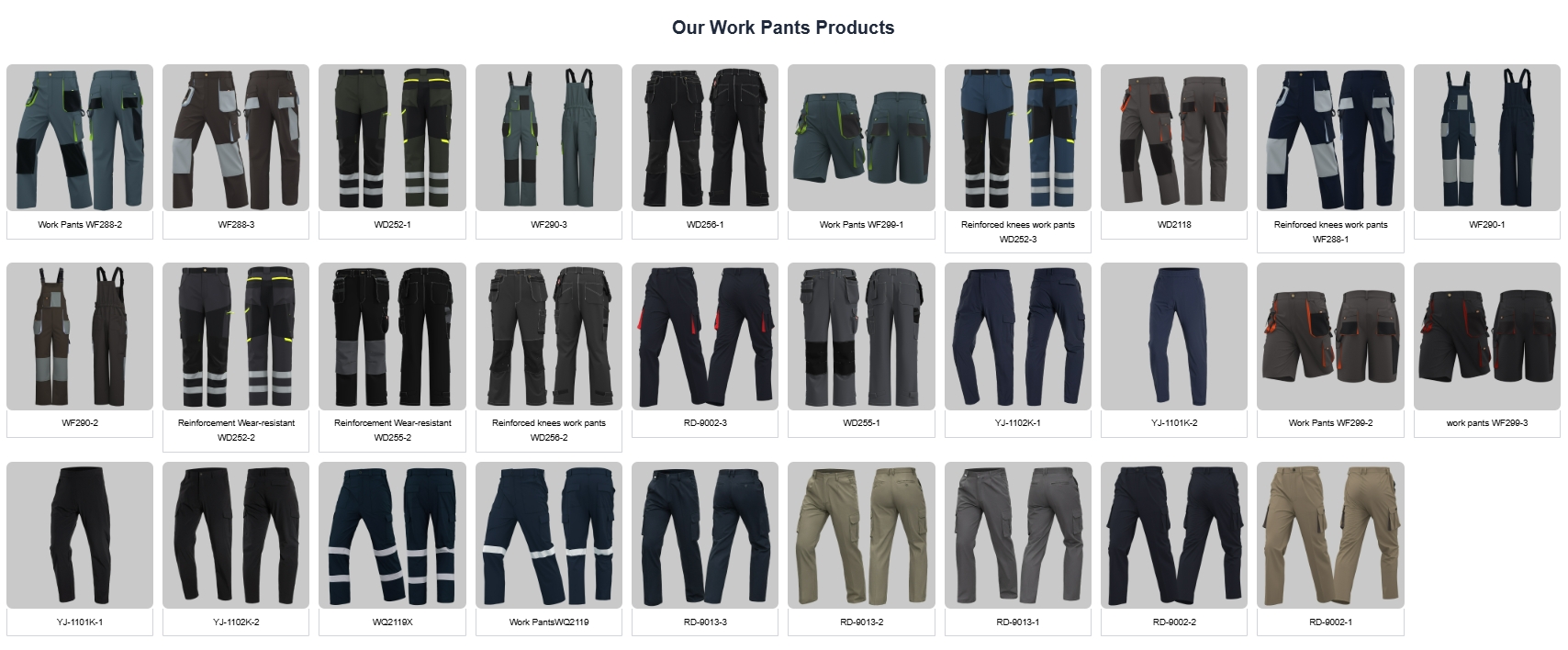
work pants -
Short or Long-Sleeve Shirt: A breathable, durable t-shirt or a company-provided polo shirt or button-down work shirt. Long sleeves are often worn for protection against scratches, sun, or light debris.
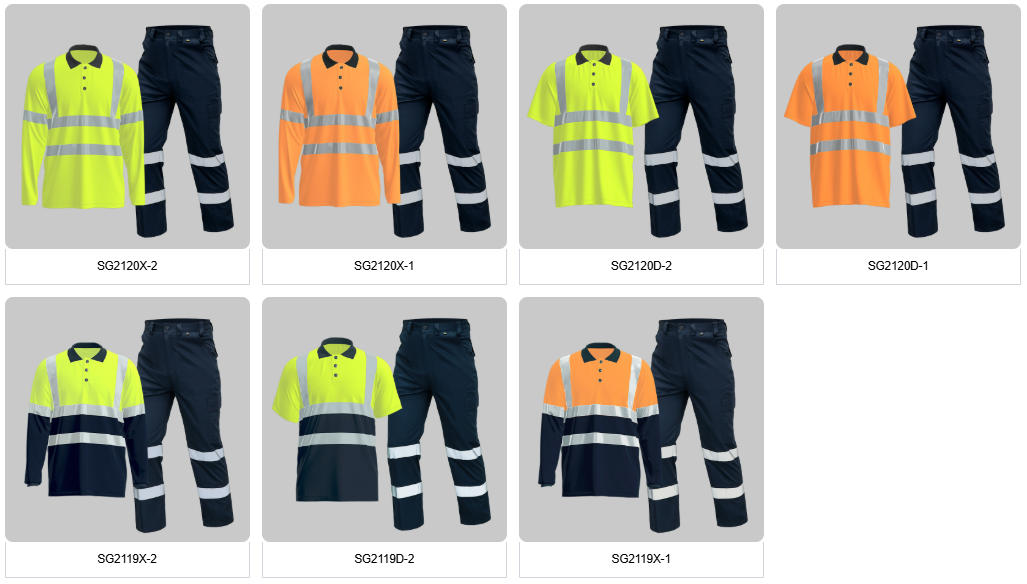
high visibility polo t shirts -
Steel-Toed or Composite-Toe Boots: This is a critical safety item in most industrial and construction settings. They protect feet from heavy falling objects and often have slip-resistant and puncture-resistant soles.
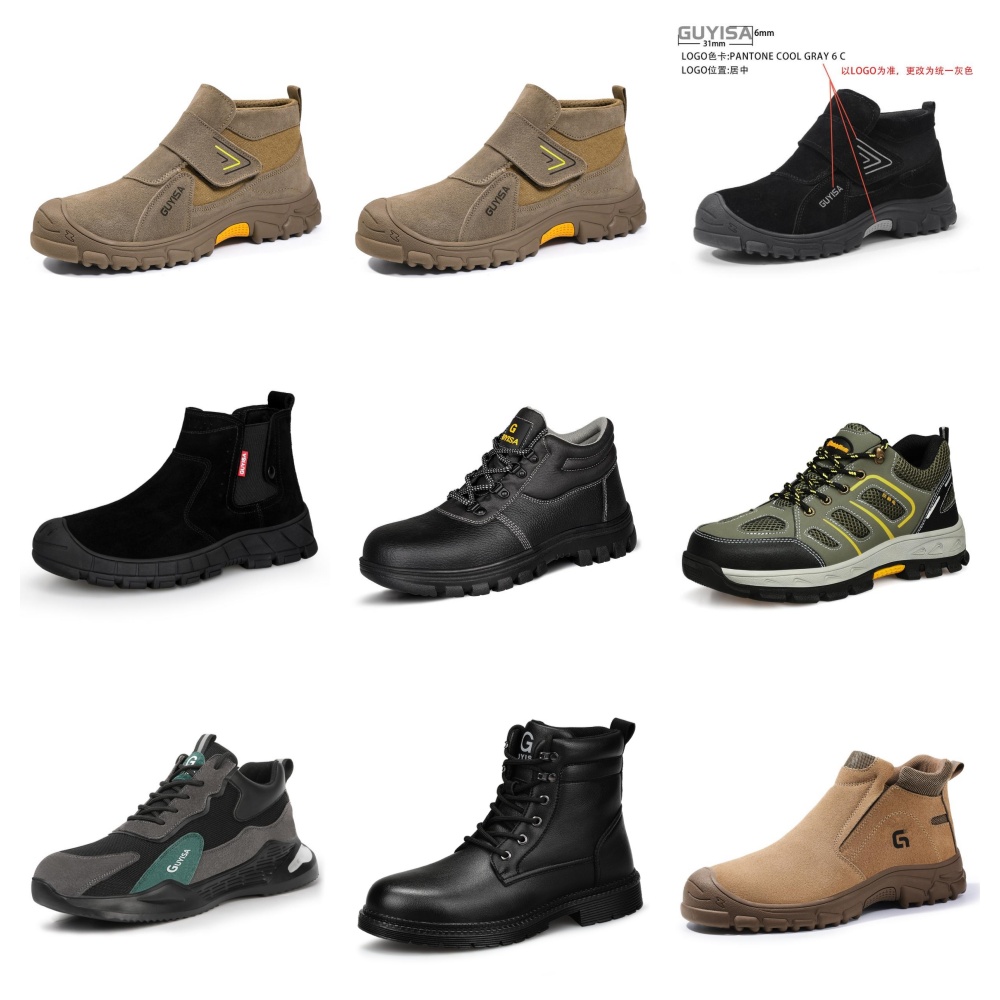
safety footwear -
Work Belt or Tool Vest: To keep essential tools (screwdrivers, pliers, wrench, etc.) easily accessible without having to carry a heavy toolbox everywhere.
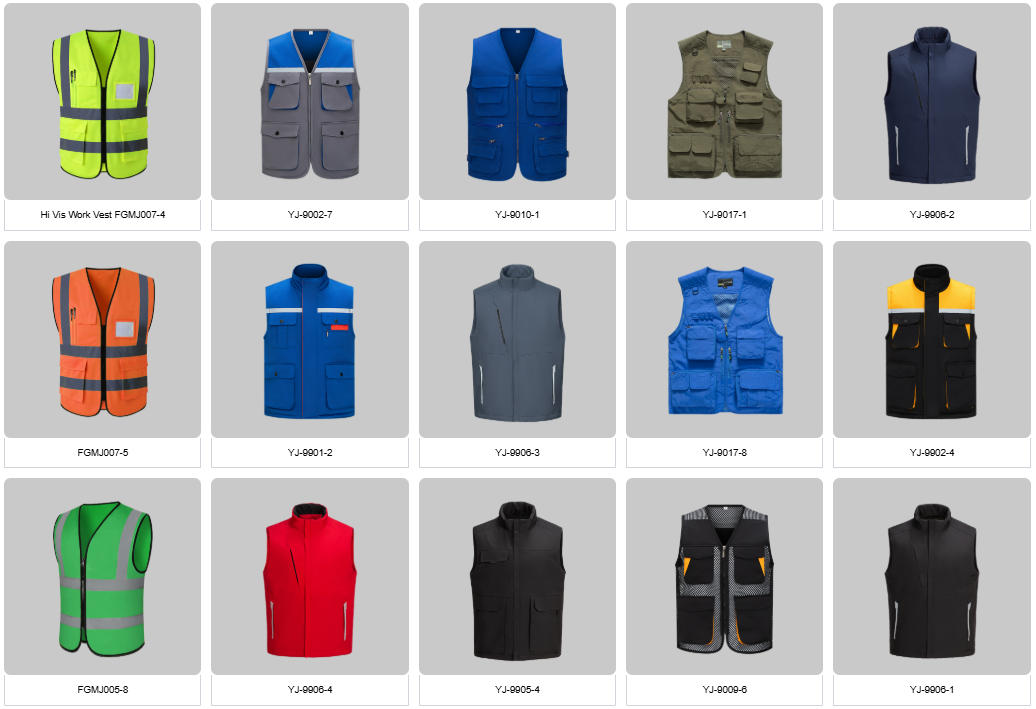
work vest
2. Common Safety & Protective Gear (PPE – Personal Protective Equipment)
This gear is worn based on the specific hazard assessment of the task.
-
High-Visibility (Hi-Vis) Vest or Jacket: Essential for anyone working near vehicles, in warehouses, or on roadways to ensure they are seen.
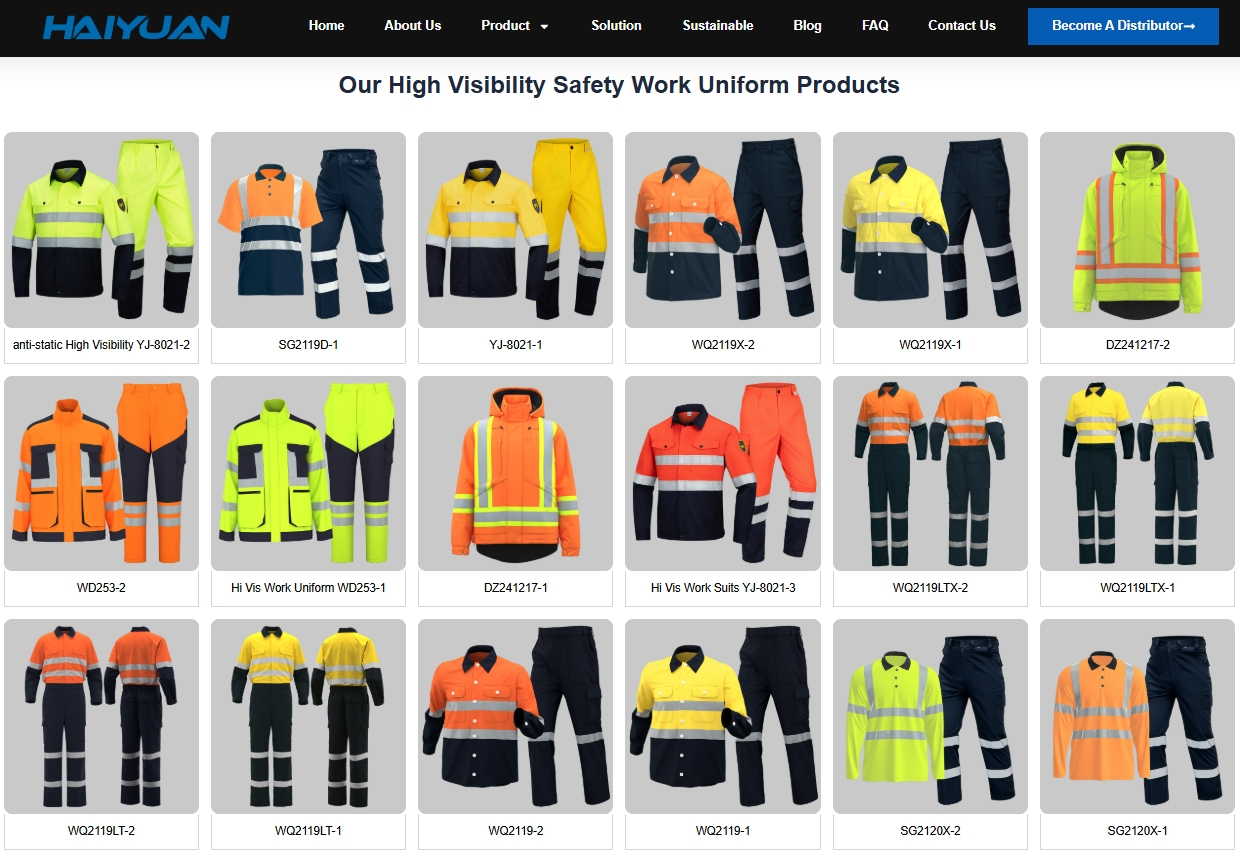
High Visibility Safety Work Uniform -
Hard Hat: Mandatory on construction sites and in industrial plants where there is a risk of falling objects.
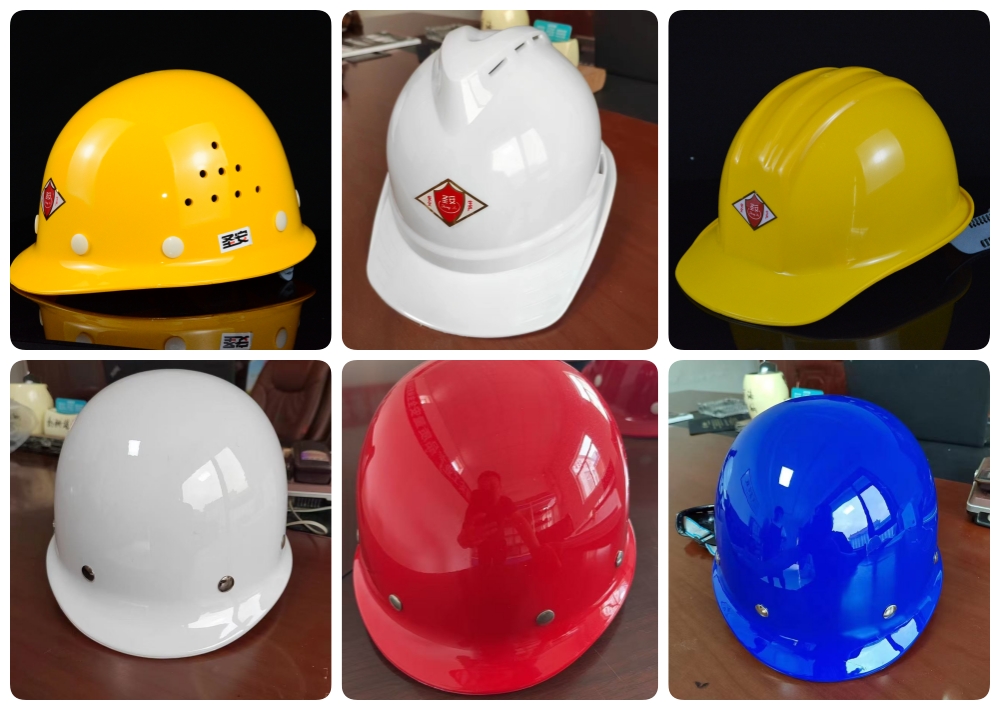
the hard hat -
Safety Glasses or Goggles: Protect eyes from flying debris, dust, chemicals, or sparks.
-
Work Gloves: The type varies greatly:
-
Leather gloves: For general construction, handling rough materials.
-
Cut-resistant gloves: For handling sharp metal or glass.
-
Rubber or nitrile gloves: For plumbing, chemical handling, or wet work.
-
-
Hearing Protection: Earplugs or earmuffs are used when working with or near loud machinery (e.g., lawnmowers, industrial equipment).
-
Respirator or Dust Mask: For sanding, working with insulation, or in environments with airborne particles or chemical fumes.
3. Specialized Clothing for Different Roles
The “maintenance worker” title covers many jobs. Here’s how their attire might differ:
| Type of Maintenance Worker | Typical Attire & Key Items |
|---|---|
| General Facility/Building Maintenance | Company polo or t-shirt with logo, durable cargo pants, sturdy boots. Often seen with a tool belt. PPE like gloves and safety glasses are used as needed for specific tasks (plumbing, electrical, etc.). |
| Industrial/Plant Maintenance | Flame-Resistant (FR) clothing is often mandatory. This includes FR shirts and pants. This is combined with a hard hat, safety glasses, steel-toed boots, and sometimes hearing protection—all day, every day. |
| HVAC Technician | Similar to general maintenance but may wear lighter colors to reflect heat. Often have knee pads for installing units and heavy gloves for handling sheet metal and insulation. |
| Groundskeeping/Landscaping | Weather-appropriate clothing (e.g., wide-brimmed hat for sun, rain gear for wet weather). Heavy-duty gloves, sturdy boots, and hi-vis vests if working near roads or with machinery. |
| Janitorial/Custodial Maintenance | Often a uniform provided by the employer (polo and pants or a jumpsuit). Waterproof aprons and rubber gloves are common for handling cleaning chemicals and water. Slip-resistant shoes are a must. |
Summary
In short, a maintenance worker’s clothing is primarily functional and safety-oriented. It’s designed to:
-
Protect them from job-specific hazards.
-
Durably withstand a physically demanding work environment.
-
Provide utility with pockets and tool-carrying options.
-
Ensure comfort for long hours of standing, bending, and lifting.
The most accurate answer is always: “It depends on the job they’re doing that day.”


